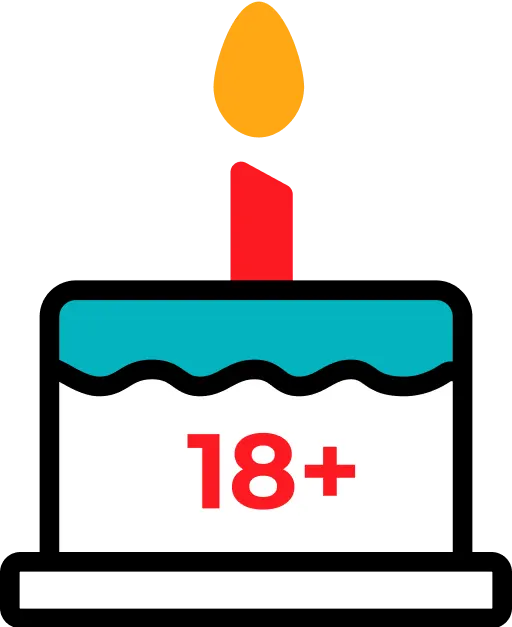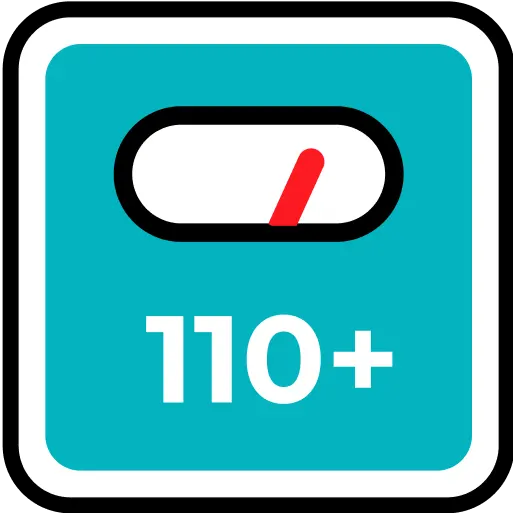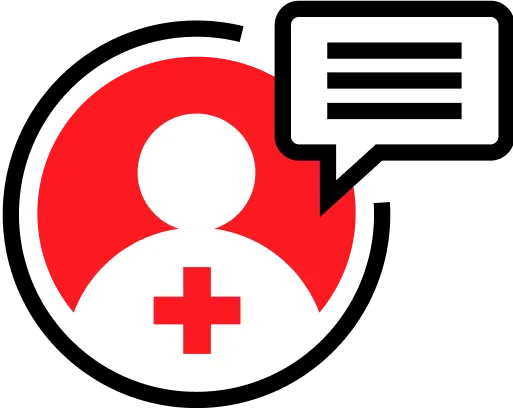Donors in Puerto Rico, please visit CSLPlasma.pr.


See If You Qualify to Donate Plasma





Before, During, and After Plasma Donation
Here’s what you can expect when you donate at CSL Plasma.
All you'll need to provide is information about yourself and make sure your body is ready to help save lives.
Your first plasma donation can take between 2 and 2.5 hours. Every donation after will be closer to 90 minutes.

Gather your
paperwork

Drink plenty
of water

Get a good
night's sleep
FAQs
- A valid, government-issued ID, such as a driver’s license or military ID
- Proof of Social Security (Example: Social Security card)
- Proof of residency/current lease (Example: Piece of mail postmarked in the past 60 days, current lease, utility bill, etc)
- Your new donor welcome bonus * if applicable
If you are eligible to donate plasma, a little preparation can make the process go even smoother. The night before your donation, get plenty of sleep. Drink lots of water before your donation and avoid caffeinated beverages to boost hydration. Eat a healthy meal beforehand and skip high-fat foods.
To find out if there is a CSL Plasma near you or if there is a new center coming soon in your area, please click here. Most CSL Plasma locations are open Monday through Sunday in order to better serve you. Please contact your local CSL Plasma center to find out more information.
Donor recruitment area:
The marketing radius is determined by each center location. To find out if you live in a center’s marketing radius, please contact your local CSL Plasma center.
Our donor-focused plasma collection process makes your donation easy and comfortable.
Our centers offer free Wi-Fi for you to stream videos or listen to your favorite podcast.

Check in with
our staff

Answer questions
about your
medical history

Complete your
physical exam

Cozy up in our comfortable donation beds with your choice of entertainment

Rehydrate and receive your compensation
FAQs
We perform a process called plasmapheresis using a sophisticated machine. This machine safely separates plasma from blood and collects it in a bottle. The other parts of your blood are returned to you.
Many plasma donors are anxious about needles. Our well trained team will be with you every step of the way. We have materials and an instructional video on overcoming this common fear. Just remember, you’re helping save lives!
Donating is different for everyone. You may feel uncomfortable or experience minor side effects, such as feeling dizzy or tired. You may also experience slight pain, mild bruising, infection, or inflammation at your injection site. Rest assured, our staff is there for you if these issues arise.
Before you leave, our well trained team will show you how to take care of yourself.
Remember to plan your second plasma donation. We can’t use your first donation until your second one is complete due to our strict safety and quality standards.

Drink plenty
of water

Avoid caffeine, alcohol,
and cigarettes

Keep your
venipuncture site
clean and dry

Set a reminder to return for your second donation
FAQs
After donating, you should:
- Eat a light meal
- Drink more fluids than usual for the next four hours
- Avoid alcohol and cigarettes
- Keep your venipuncture site clean and dry
- Avoiding use of your donation arm to lift for at least two hours after donation can minimize this risk of bruising
- Remove the bandage after a few hours
- If there is any bleeding from your puncture, raise your arm and apply pressure
- If you feel faint or dizzy, lie down or sit with your head between your knees
- Call your donation center if symptoms or discomfort persists. We’re here to help!
- Prepare for your second donation
The U.S. Food & Drug Administration (FDA) regulations state that the maximum frequency you can donate plasma is once in a two-day period - and, no more than twice in a seven-day period.
Your payment will be loaded onto a reloadable prepaid card after your first donation.
*Fees and programs vary by location and are subject to change. Receive your center fees.
- Although donating plasma is considered safe you may experience an adverse reaction. Here’s what you may experience in the short term:
- Dizziness or lightheadedness: because plasma contains a lot of water, donating plasma means removing some water from your body, which can cause mild dehydration. That’s why drinking plenty of water before you donate makes for a smoother donation.
- Fatigue: if you experience dehydration or electrolyte imbalances, this can cause tiredness.
- Bruising or discomfort: some bruising can occur at the puncture site, and you may experience some discomfort during or after the donation process. Speak with a CSL Plasma staff member if you feel uncomfortable
- Infection or inflammation at the puncture site. After donation, you may experience pain, swelling, or a feeling of warmth where we inserted the needle. If this occurs, contact your CSL Plasma center.
- Many of these side effects can be avoided by proper donation preparation.
- In terms of long-term side effects, donating plasma has a very minimal long-term impact on your well-being. There’s no risk of iron depletion or anemia for regular plasma donors. For donors who donate frequently over long periods of time there is a risk of reduced immunoglobulin levels, which can lower the ability to fight off infections. Be sure to check in with your healthcare provider to monitor your immunoglobulin levels if you’re a frequent plasma donor.
- Long-term plasma donation can increase the risk of protein deficiency, that's why we check your levels regularly.
- If you have concerns about your ability to donate plasma, consult your healthcare provider before donating. We’ll also screen you to ensure you can qualify for the donation process.
Before
All you'll need to provide is information about yourself and make sure your body is ready to help save lives.
Your first plasma donation can take between 2 and 2.5 hours. Every donation after will be closer to 90 minutes.

Gather your
paperwork

Drink plenty
of water

Get a good
night's sleep
FAQs
- A valid, government-issued ID, such as a driver’s license or military ID
- Proof of Social Security (Example: Social Security card)
- Proof of residency/current lease (Example: Piece of mail postmarked in the past 60 days, current lease, utility bill, etc)
- Your new donor welcome bonus * if applicable
If you are eligible to donate plasma, a little preparation can make the process go even smoother. The night before your donation, get plenty of sleep. Drink lots of water before your donation and avoid caffeinated beverages to boost hydration. Eat a healthy meal beforehand and skip high-fat foods.
To find out if there is a CSL Plasma near you or if there is a new center coming soon in your area, please click here. Most CSL Plasma locations are open Monday through Sunday in order to better serve you. Please contact your local CSL Plasma center to find out more information.
Donor recruitment area:
The marketing radius is determined by each center location. To find out if you live in a center’s marketing radius, please contact your local CSL Plasma center.
During
Our donor-focused plasma collection process makes your donation easy and comfortable.
Our centers offer free Wi-Fi for you to stream videos or listen to your favorite podcast.

Check in with
our staff

Answer questions
about your
medical history

Complete your
physical exam

Cozy up in our comfortable donation beds with your choice of entertainment

Rehydrate and receive your compensation
FAQs
We perform a process called plasmapheresis using a sophisticated machine. This machine safely separates plasma from blood and collects it in a bottle. The other parts of your blood are returned to you.
Many plasma donors are anxious about needles. Our well trained team will be with you every step of the way. We have materials and an instructional video on overcoming this common fear. Just remember, you’re helping save lives!
Donating is different for everyone. You may feel uncomfortable or experience minor side effects, such as feeling dizzy or tired. You may also experience slight pain, mild bruising, infection, or inflammation at your injection site. Rest assured, our staff is there for you if these issues arise.
After
Before you leave, our well trained team will show you how to take care of yourself.
Remember to plan your second plasma donation. We can’t use your first donation until your second one is complete due to our strict safety and quality standards.

Drink plenty
of water

Avoid caffeine, alcohol,
and cigarettes

Keep your
venipuncture site
clean and dry

Set a reminder to return for your second donation
FAQs
After donating, you should:
- Eat a light meal
- Drink more fluids than usual for the next four hours
- Avoid alcohol and cigarettes
- Keep your venipuncture site clean and dry
- Avoiding use of your donation arm to lift for at least two hours after donation can minimize this risk of bruising
- Remove the bandage after a few hours
- If there is any bleeding from your puncture, raise your arm and apply pressure
- If you feel faint or dizzy, lie down or sit with your head between your knees
- Call your donation center if symptoms or discomfort persists. We’re here to help!
- Prepare for your second donation
The U.S. Food & Drug Administration (FDA) regulations state that the maximum frequency you can donate plasma is once in a two-day period - and, no more than twice in a seven-day period.
Your payment will be loaded onto a reloadable prepaid card after your first donation.
*Fees and programs vary by location and are subject to change. Receive your center fees.
- Although donating plasma is considered safe you may experience an adverse reaction. Here’s what you may experience in the short term:
- Dizziness or lightheadedness: because plasma contains a lot of water, donating plasma means removing some water from your body, which can cause mild dehydration. That’s why drinking plenty of water before you donate makes for a smoother donation.
- Fatigue: if you experience dehydration or electrolyte imbalances, this can cause tiredness.
- Bruising or discomfort: some bruising can occur at the puncture site, and you may experience some discomfort during or after the donation process. Speak with a CSL Plasma staff member if you feel uncomfortable
- Infection or inflammation at the puncture site. After donation, you may experience pain, swelling, or a feeling of warmth where we inserted the needle. If this occurs, contact your CSL Plasma center.
- Many of these side effects can be avoided by proper donation preparation.
- In terms of long-term side effects, donating plasma has a very minimal long-term impact on your well-being. There’s no risk of iron depletion or anemia for regular plasma donors. For donors who donate frequently over long periods of time there is a risk of reduced immunoglobulin levels, which can lower the ability to fight off infections. Be sure to check in with your healthcare provider to monitor your immunoglobulin levels if you’re a frequent plasma donor.
- Long-term plasma donation can increase the risk of protein deficiency, that's why we check your levels regularly.
- If you have concerns about your ability to donate plasma, consult your healthcare provider before donating. We’ll also screen you to ensure you can qualify for the donation process.



Make Your Donation Process a Better Experience

Set your next plasma donation reminder

Track your rewards

Get updates and learn about local promotions

Set your next plasma donation reminder

Track your rewards

Get updates and learn about local promotions
If you can't download the app, use the link here.


